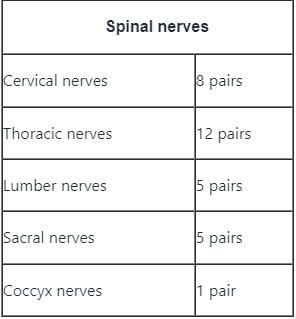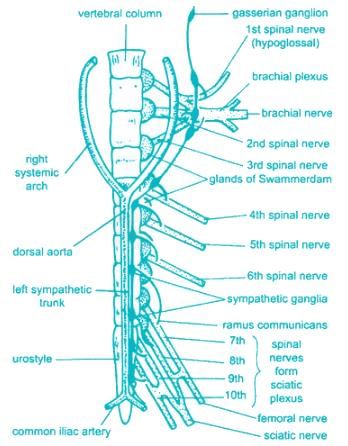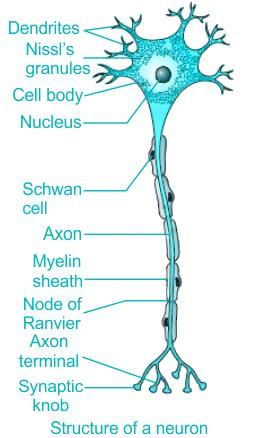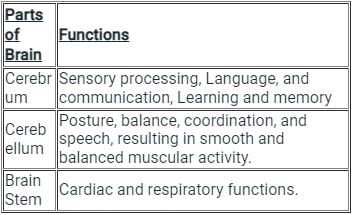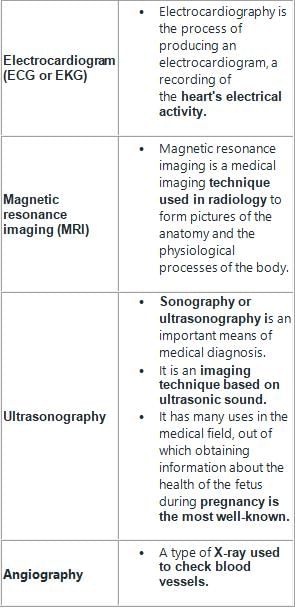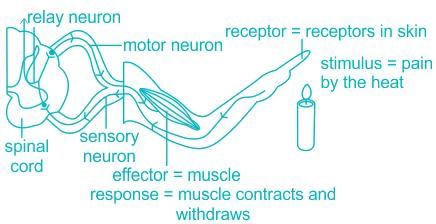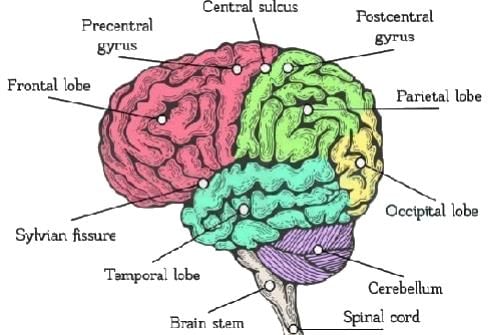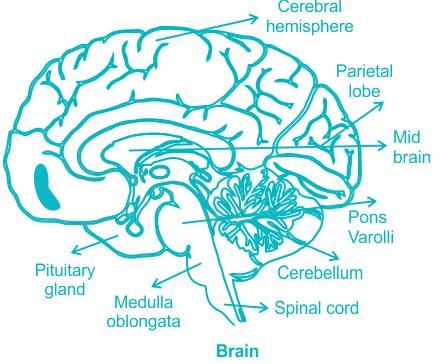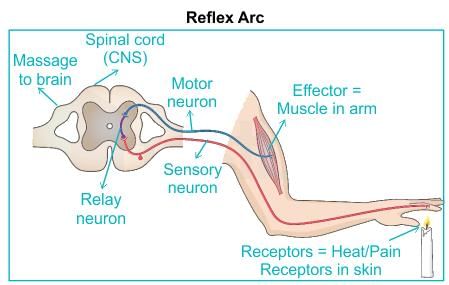MCAT Exam > MCAT Tests > Test: Nervous System - MCAT MCQ
Test: Nervous System - MCAT MCQ
Test Description
15 Questions MCQ Test - Test: Nervous System
Test: Nervous System for MCAT 2025 is part of MCAT preparation. The Test: Nervous System questions and answers have been prepared
according to the MCAT exam syllabus.The Test: Nervous System MCQs are made for MCAT 2025 Exam.
Find important definitions, questions, notes, meanings, examples, exercises, MCQs and online tests for Test: Nervous System below.
Solutions of Test: Nervous System questions in English are available as part of our course for MCAT & Test: Nervous System solutions in
Hindi for MCAT course.
Download more important topics, notes, lectures and mock test series for MCAT Exam by signing up for free. Attempt Test: Nervous System | 15 questions in 25 minutes | Mock test for MCAT preparation | Free important questions MCQ to study for MCAT Exam | Download free PDF with solutions
Detailed Solution for Test: Nervous System - Question 1
Test: Nervous System - Question 2
In which part of the human body is the “Hippocampus” located?
Detailed Solution for Test: Nervous System - Question 2
Test: Nervous System - Question 3
Which among the following controls beating of the heart and respiratory movement?
Detailed Solution for Test: Nervous System - Question 3
Detailed Solution for Test: Nervous System - Question 4
Test: Nervous System - Question 5
_____ controls involuntary activities like coughing and sneezing.
Detailed Solution for Test: Nervous System - Question 5
Test: Nervous System - Question 6
Which one of the following organs will not feel any pain on being pricked by a needle?
Detailed Solution for Test: Nervous System - Question 6
Test: Nervous System - Question 7
Which of the following controls the beating of the heart and respiratory movement in human beings?
Detailed Solution for Test: Nervous System - Question 7
Detailed Solution for Test: Nervous System - Question 8
Test: Nervous System - Question 9
EEG is taken out for diagnosing ailments of which of the following?
Detailed Solution for Test: Nervous System - Question 9
Detailed Solution for Test: Nervous System - Question 10
Test: Nervous System - Question 11
Which of the following is the main thinking part of the human brain?
Detailed Solution for Test: Nervous System - Question 11
Detailed Solution for Test: Nervous System - Question 12
Detailed Solution for Test: Nervous System - Question 13
Detailed Solution for Test: Nervous System - Question 14
Test: Nervous System - Question 15
How many neurons comprise the reflex arc from a touch receptor to a muscle?
Detailed Solution for Test: Nervous System - Question 15
Information about Test: Nervous System Page
In this test you can find the Exam questions for Test: Nervous System solved & explained in the simplest way possible.
Besides giving Questions and answers for Test: Nervous System, EduRev gives you an ample number of Online tests for practice
Download as PDF


